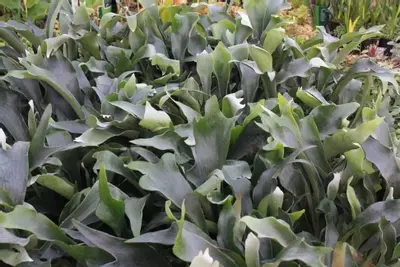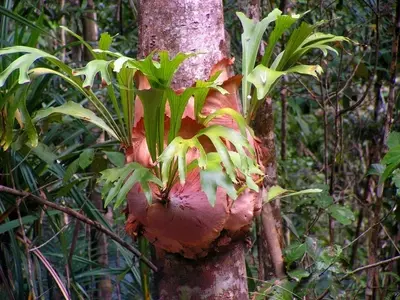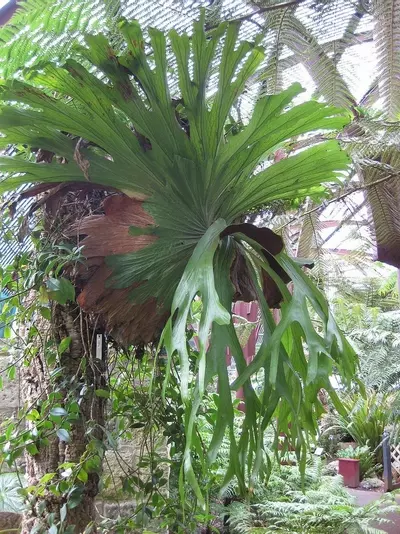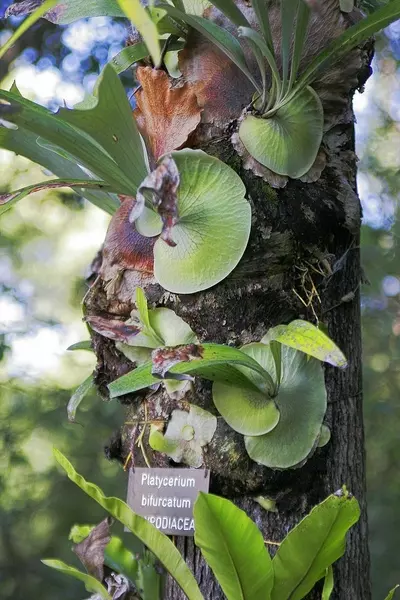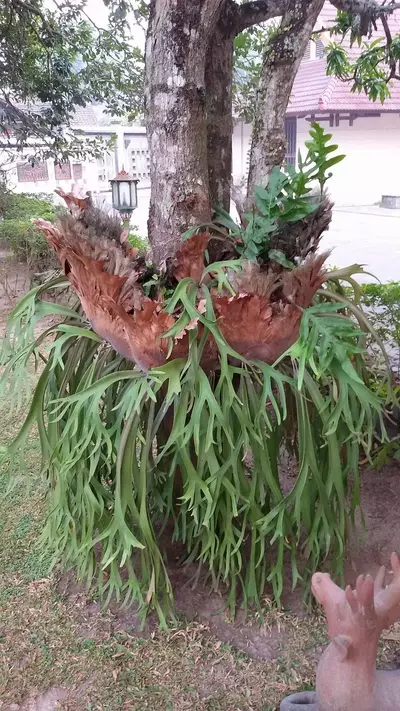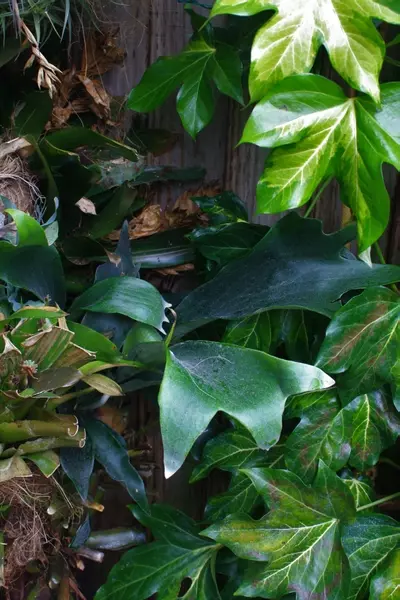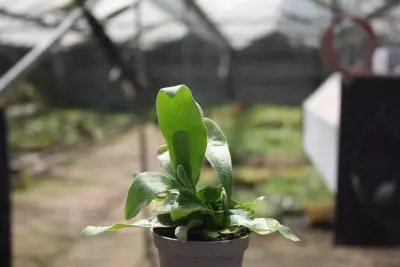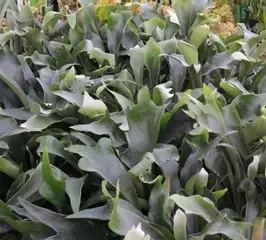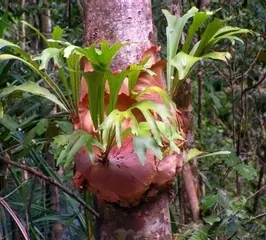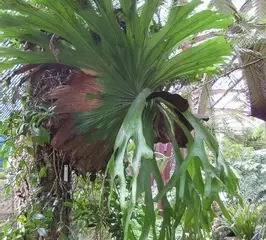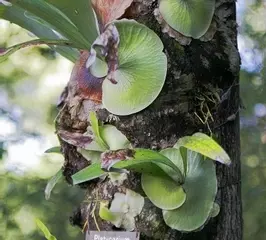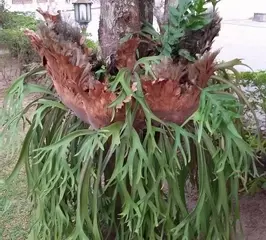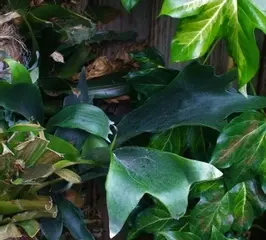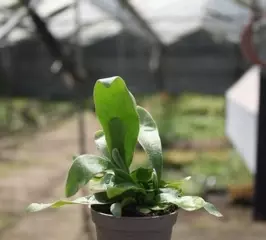Platycerium bifurcatum Staghorn Fern
Plat-stag
- Description
This epiphytic fern can be found naturally growing on the trunks and branches of trees in Java/ New Guinea and South Australia. It has naturalised in many other parts of the tropical and sub-tropical world via introduction. They form two types of fronds. Closest to the tree are the rounded to hart shaped, basal, sterile fronds. Turning brown and papery with age these create a bit of a pocket between the fronds and host trees trunk in which dead foliage collects and acts like a miniature compost heap. The collected dead foliage breaks down providing the fern with all it's nutrients.
The other type of fronds are the fertile staghorn like fronds. Grey green in colour they can reach up to 100cm in length and are deeply lobed looking like the antlers of a stag. These grow from the basal fronds. They make amazing houseplants always grabbing peoples attention and although they can be grown in a pot they tend to get overwatered causing rot and eventually death.
The best way to grow them is to mount them on a piece of bark or untreated wood. Place a good layer of sphagnum moss onto the mounting area and then place the basal frond on top of that. Using monofilament fishing line tie the fern into place firmly but not too tightly. Eventually it will attach to the mounting and the line can be removed. Water by mist spraying regularly. If the tips start to brown then the atmosphere is too dry so increase frequency of misting. Sounds like a chore but you will fall so in love with your fern it will almost become a pet.
Sent as a young plant in a 5cm pot. Being an epiphyte it does not have an extensive root system so do not expect a pot full or roots.
Additional photos:
By D. Gordon E. Robertson - Own work, CC BY-SA 3.0, https://commons.wikimedia.org/w/index.php?curid=8007035
By Taken byfir0002 | flagstaffotos.com.auCanon 20D + Tamron 28-75mm f/2.8 - Own work, GFDL 1.2, https://commons.wikimedia.org/w/index.php?curid=447071
By Raffi Kojian - http://Gardenology.org, CC BY-SA 3.0, https://commons.wikimedia.org/w/index.php?curid=12733086
By Okkisafire - Own work, CC BY-SA 4.0, https://commons.wikimedia.org/w/index.php?curid=50279330- Position
- Flowering
- Growth

